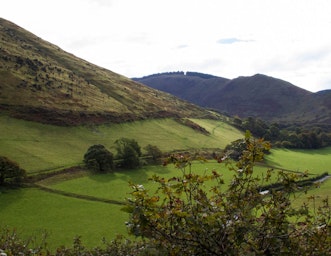
“Here at the Centre for Alternative Technology in Mid Wales, it’s all about forward thinking. This is a place with the future survival of our planet at its very core.”
That’s how nature presenter Iolo Williams introduced CAT to millions of people across the UK when he joined us to broadcast BBC Autumnwatch live from our eco centre.
Nature on our doorsteps
Celebrating the rich variety of the UK’s wildlife, the popular BBC series inspires people to care about the nature on their doorstep, and to do what they can to help protect and restore the natural world.
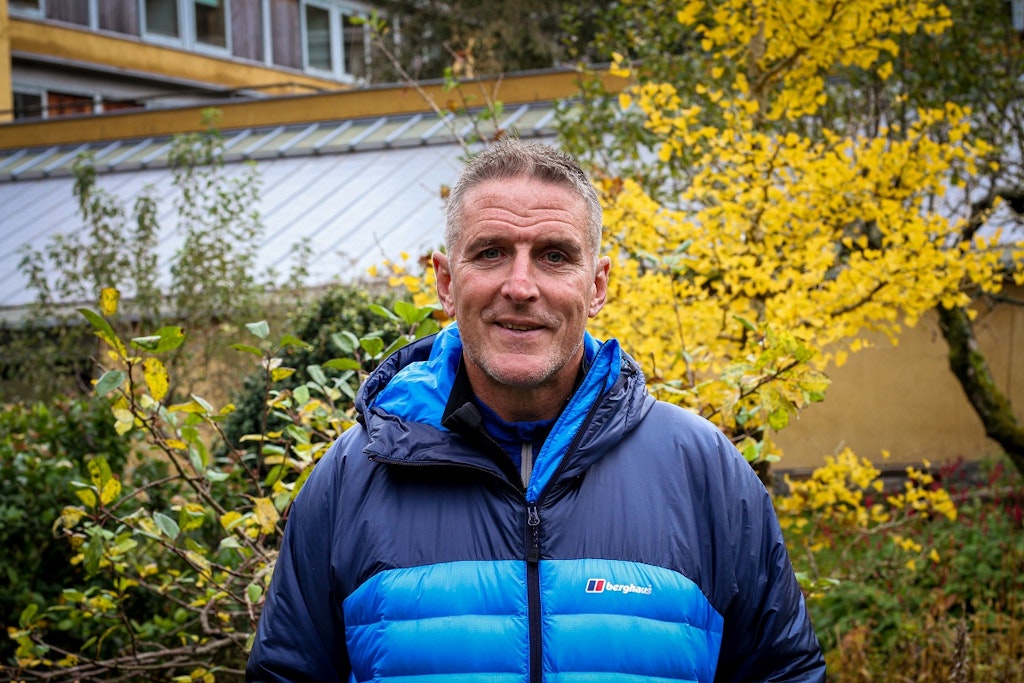
On our screens for eight nights over two weeks, from the end of October and into November, Autumnwatch was broadcast from a range of locations across Britain. Whilst Iolo was live from CAT, Michaela Strachan was based in Tentsmuir Forest in Fife, Gillian Burke in the RSPB Old Moor in South Yorkshire, and Chris Packham was close to his home in the New Forest.
Catch up with the series on iPlayer.
Transformation and regeneration
Iolo’s base for the programme was in and around the old quarry on which CAT is built, which has been transformed over nearly five decades from barren slate into a green oasis, rich in wildlife.
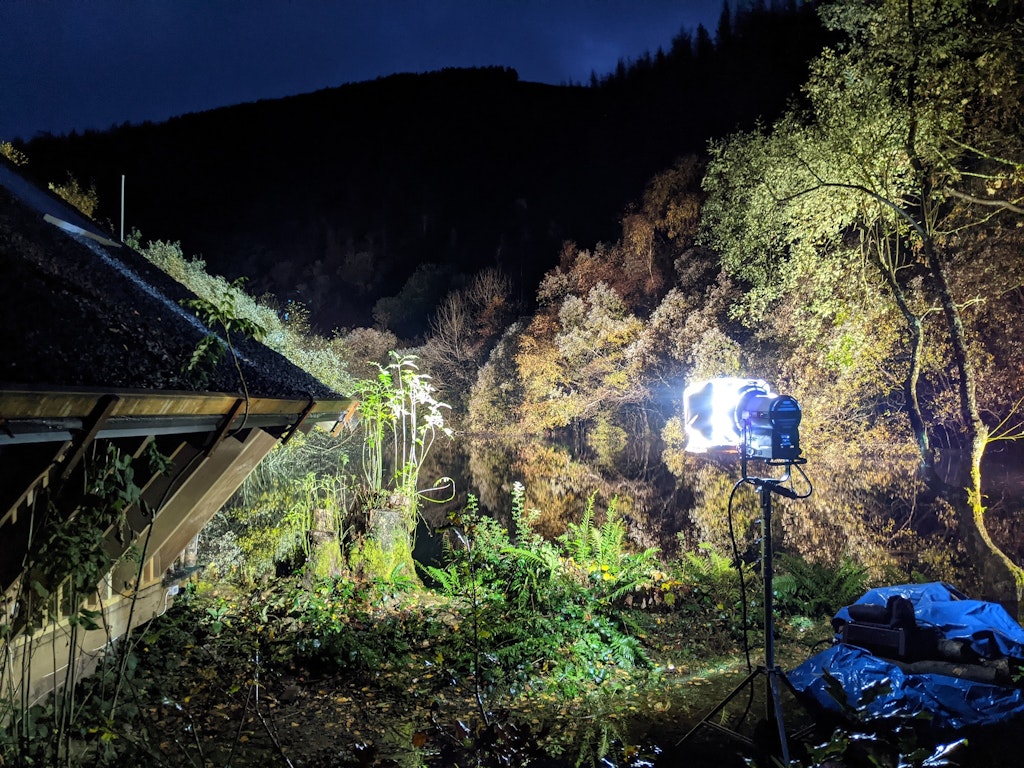
It is a living example of how we can step in and help bring nature back from the brink, making it the perfect base from which to inspire and educate people in solutions to the climate and biodiversity crisis.
Iolo described the transformation during a segment in episode six:
“The centre, or CAT as it’s known, sits in the Dyfi Biosphere Reserve, and over the years has become world famous, since it opened in 1974, as an eco centre that looks for practical solutions for sustainable living. There’s an emphasis on renewable energy and working alongside nature, and there’s a big focus here on education, particularly educating future generations.”
“It’s hard to believe, but where I’m stood now was once a massive slate quarry. It was at its height in the 1880s and the 1890s. It gradually declined, and finally closed in the 1950s.
“Now, as ever, what man discards, nature takes over. Initially it would have been the lower plants – the mosses, the ferns – then came the shrubs, and finally the trees. And the whole landscape here is stunning. We have lakes, we have pools, and of course a variety of habitats like that attracts wildlife, some of it common, some of it pretty scarce: otters, goshawks, red kites… the variety here is absolutely amazing. It really is a stunning landscape and a brilliant place to be.”

Our sensitively managed woodlands are now a haven for wildlife, including rare species such as pine martens, willow tits and dormice – with one of our resident dormice playing a starring role in the final programme of the series as it fattened up for its winter hibernation.
You can read about the wildlife of CAT in Dulcie Fairweather’s blog series and view livestreams and clips from our trail cameras.
Sign up to emails to get all the latest blogs and livestreams, and test your wildlife knowledge with our autumn quiz.
The UNESCO Dyfi Biosphere
The UNESCO Dyfi Biosphere, where CAT is based, is an area recognised and respected internationally, nationally and locally for the diversity of its natural beauty, heritage and wildlife, and for its people’s efforts to make a positive contribution to a more sustainable world.
On arriving at CAT, Iolo told us:
“I’m so excited to be returning to CAT in the beautiful UNESCO Dyfi Biosphere to present this year’s Autumnwatch. There is such an abundance of wildlife in Mid Wales and it’s great to see it flourishing at a site that was once an industrial slate quarry.
“But even where wildlife is thriving, we know that the effects of climate change are already having an effect on biodiversity in the UK. We need to take action now, as a nation, or some of our wildlife could be lost forever.”
Help nature thrive
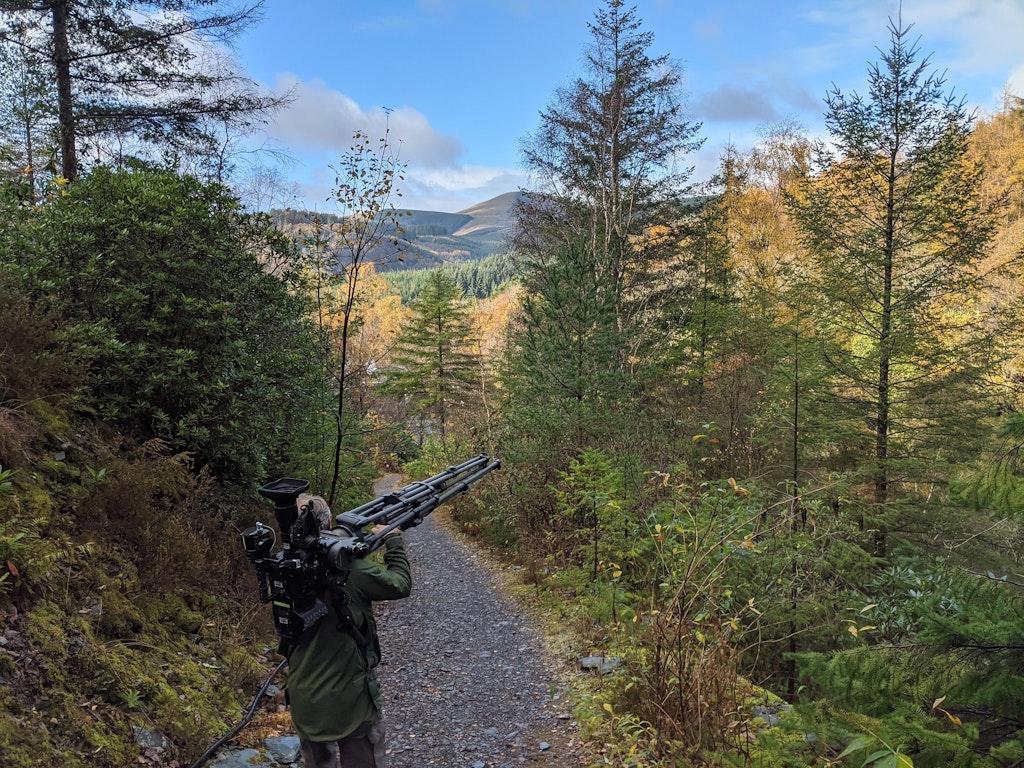
Throughout the broadcast, we shared information and advice on our website and on social media, exploring how people can help nature thrive in their local area, and highlighting the bigger picture changes that are essential for tackling the climate and biodiversity crisis.
As Iolo said in the final episode:
“As the days shorten, and the nights grow longer, nature can be our candlelight in the darkness to guide us through. And, as with any flame, we can do our bit to nurture it in its time of need.”
You can read more about how we can nurture and protect this flame, in our Zero Carbon Britain pages, and get advice on eco friendly solutions for your own home from our Free Information Service.
Take a look at our Autumnwatch pages for tips on helping nature where you are, and to see more of the wild nature that has found a home at CAT.
Visit us from your living room
Check out our livestream web cams and enjoy a mindful moment in the CAT woodlands, live in your living room.
Watch the changing autumn colours of Mid Wales with views from our ‘Oak cam’ across the Dyfi Biosphere into the Snowdonia National Park, and look out for nuthatches, long tailed tits, jays and greater spotted woodpeckers on our bird cam. You might even spot the elusive willow tit – let us know if you do!
We’ll continue to share views of the CAT landscapes and wildlife on our website and across our social media over the next few months. Sign up to emails and follow us on socials to enjoy glimpses of dormice, badgers, bats – and perhaps even a pine marten – and please share with others using #HelpNatureThrive.
- Woodland
- Nature and Wildlife
- Autumnwatch
Related Topics
Related Pages
Related news


Why we teach – communicating transformational social change
13th November 2024
WHY WE TEACH – ecological restoration
11th August 2024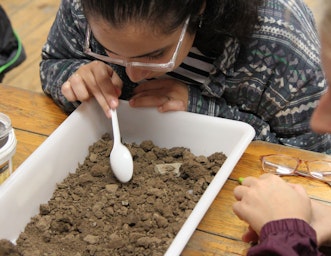
Why we teach… soil health assessment
5th December 2023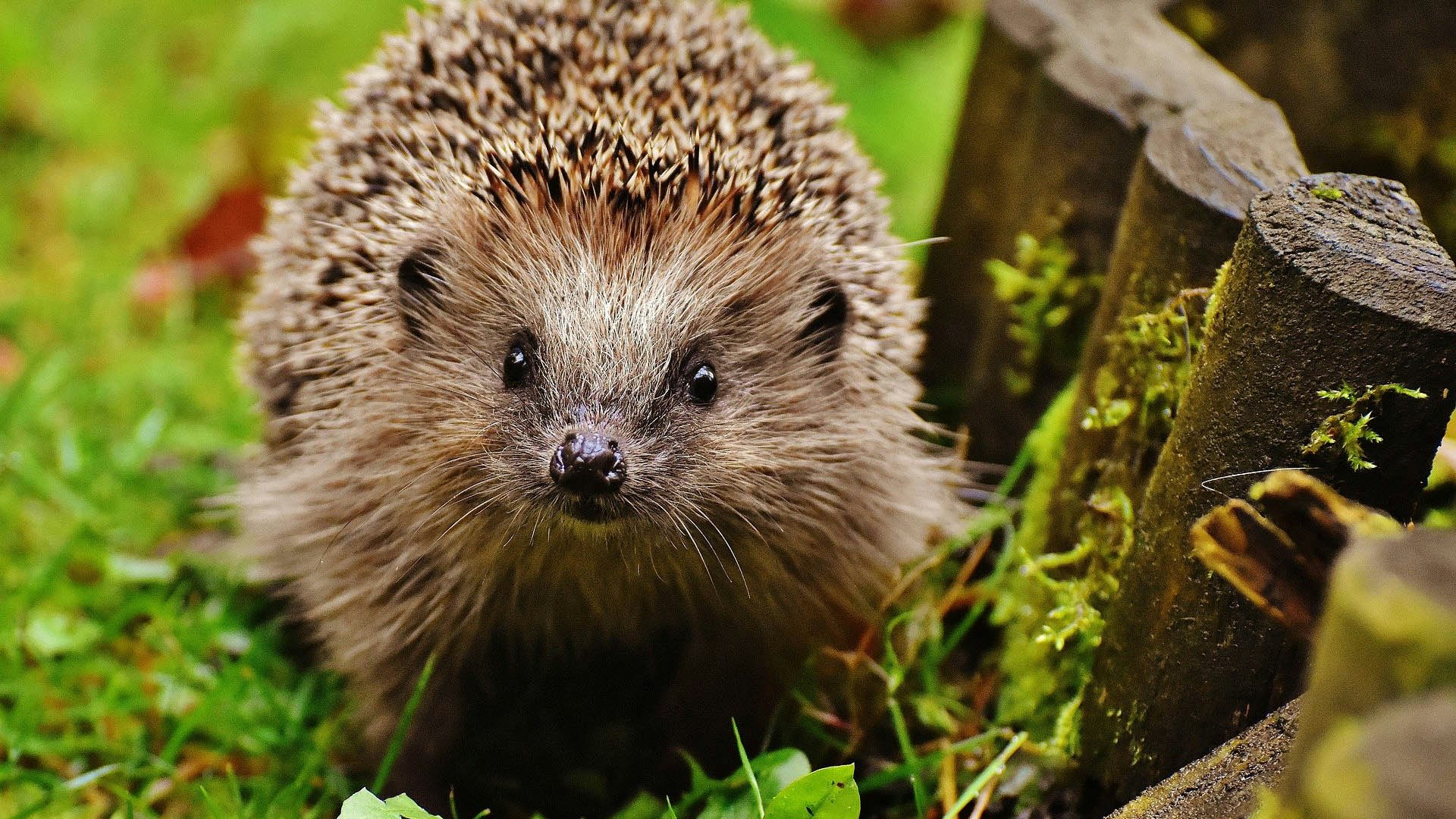
AUTUMNWATCH QUIZ
EMAIL SIGN UP
Keep up to date with all the latest activities, events and online resources by signing up to our emails and following us on social media. And if you'd like to get involved and support our work, we'd love to welcome you as a CAT member.
